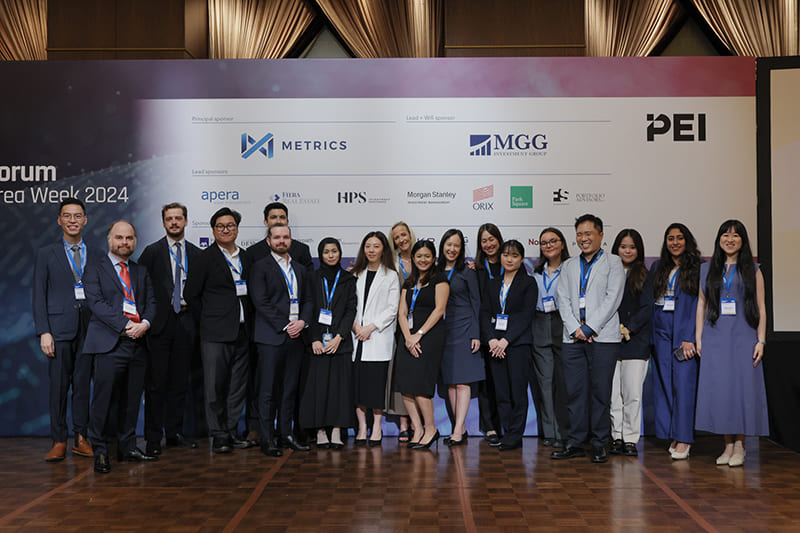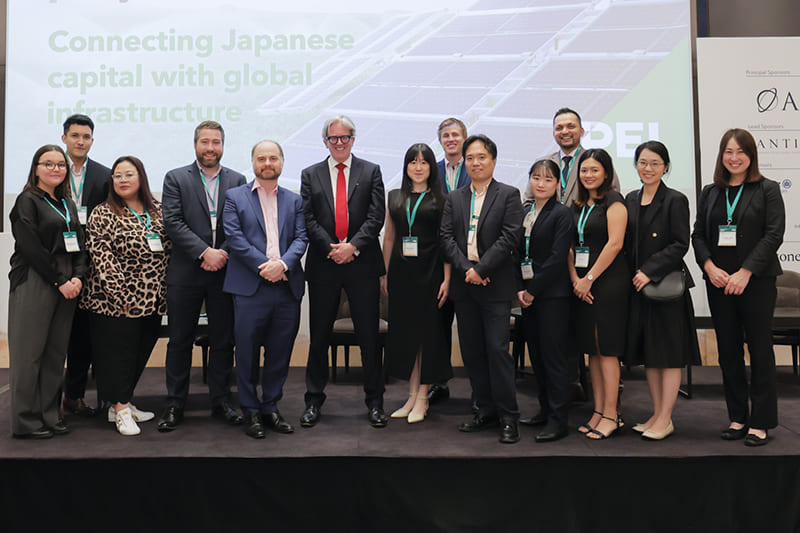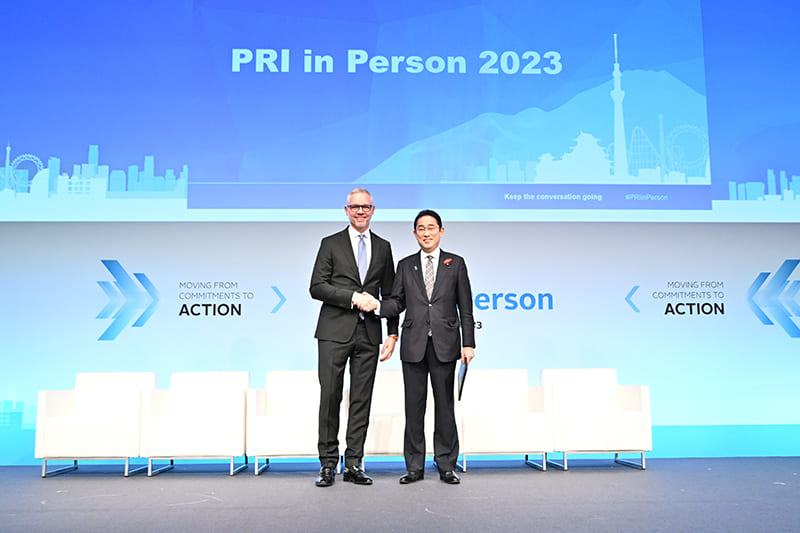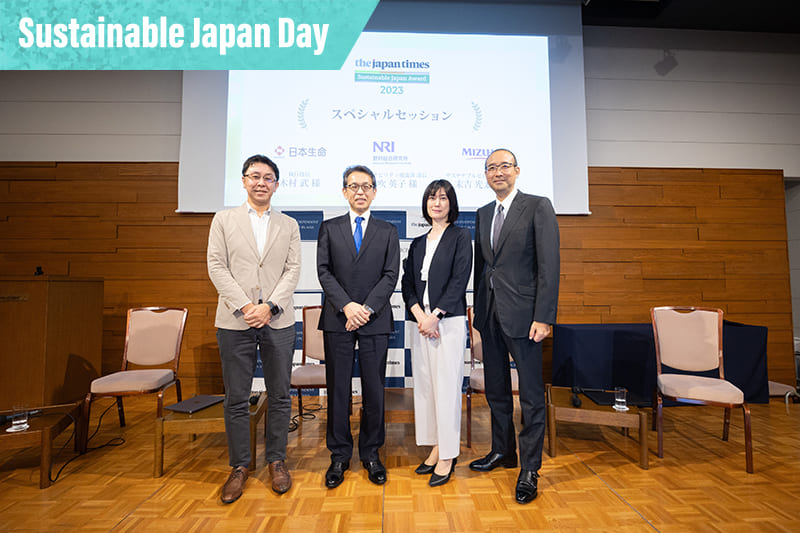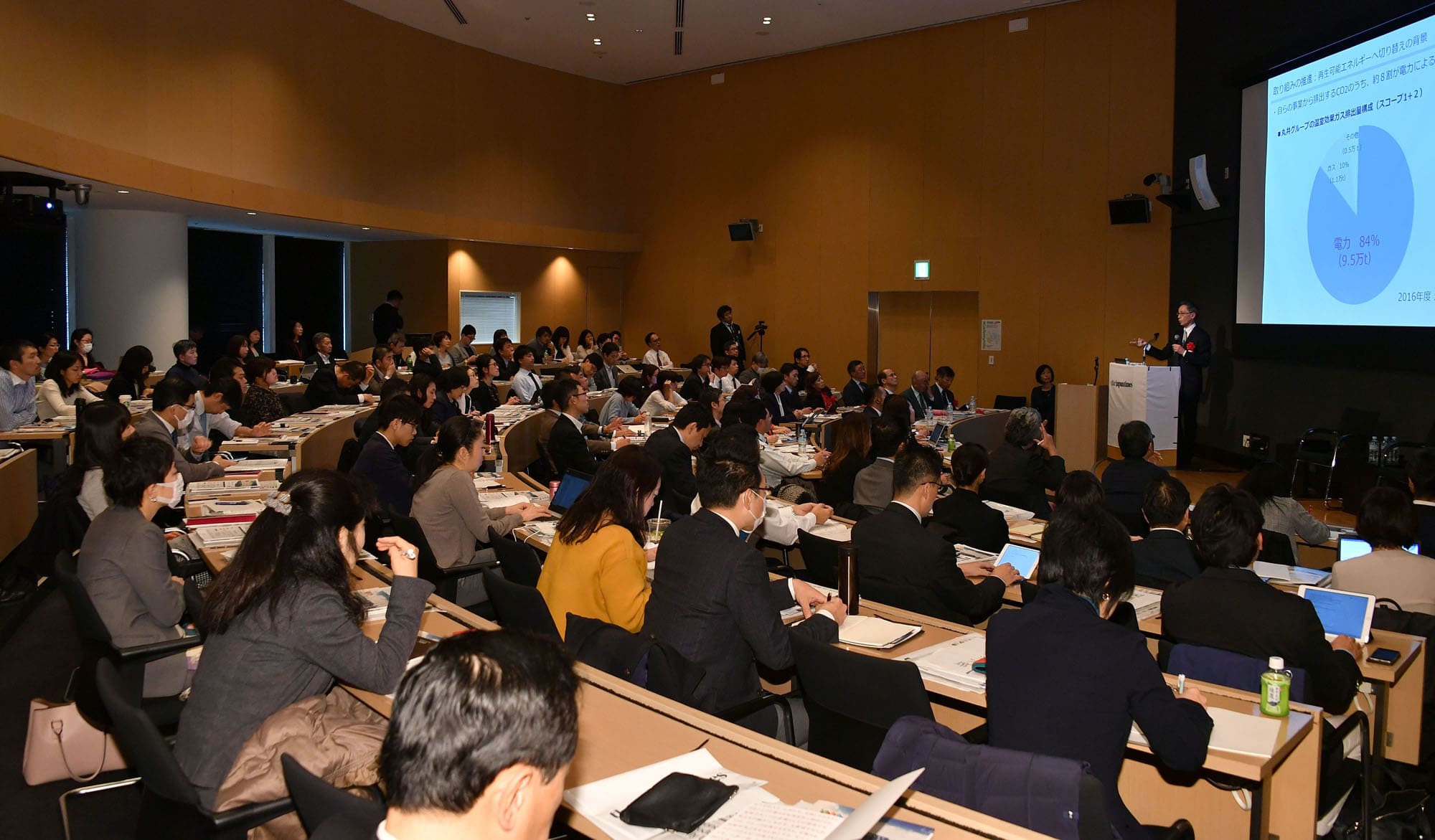April 28, 2019
Ties key to driving social investment in Asia

Social investment refers to the various ways of structuring capital for both financial performance and social value creation, ranging from impact-only approaches, such as traditional philanthropy to venture philanthropy, impact investment and socially responsible investing through environmental, social and governance (ESG) screens and integration.
Although Asia historically lags behind global counterparts in social investment, innovations are appearing throughout Asia. Here are some of the biggest trends that Asian Venture Philanthropy Network (AVPN) has seen across the region.
First, institutional investors are broadening their portfolio due to growing awareness around new sustainable investment products.
Second, governments are playing a key role in fostering the social economy as they establish investment funds and enact supportive legislation.
Third, some corporates are pioneering new ways of engagement, including impact investing and social enterprise mentoring.
Other trends include the dominance of religious giving in several countries in the region and the rise of foundations as trendsetters in strategic philanthropy.
AVPN has found that although businesses, governments and investors are becoming increasingly sophisticated in their impact initiatives, they often work in silos. This greatly depreciates their effectiveness when addressing immense, multidimensional challenges.
Intermediaries can help to build an appetite for collaboration by sourcing projects that address local needs and engaging local and international funders. Investors with varying levels of sustainable investing experience can share expertise, participate in structuring vehicles, and create standards to encourage peers to assess the sustainability of investment opportunities and products.
A recent report, “Financing the Future of Asia: Innovations in Sustainable Finance,” by FSG Advisory Services Pvt Ltd. and AVPN, with the support of the Rockefeller Foundation, identified three stages for unleashing the full potential of sustainable investment.
First, stakeholders must “create” new financial vehicles.
Second, risk capital must “strengthen” these untested vehicles to make them investment ready.
Finally, sector participants must collaborate and mobilize capital to “mainstream” these vehicles.
For example, when the microfinance model emerged in Bangladesh in the 1980s, it was an innovative way of supporting the rural poor with microloans. This model soon caught the attention of other countries and markets, and was adapted to meet the needs of different markets and broaden the customer base.
Today, microfinance has become an industry of tremendous scale, with about 140 million low-income clients globally in 2017 with over $100 billion in outstanding loans.
Japan has made significant strides in social investment, especially around ESG investing.
In 2017, the Government Pension Investment Fund (GPIF) announced it would allocate 3 percent of its equity portfolio, or ¥1 trillion, in passive funds tracking ESG indices with the intention to further expand this to 10 percent.
Following this groundbreaking commitment, the Taiwanese Bureau of Labor Funds pledged a passive investment of ¥425 billion and Thailand’s Government Pension Fund launched an ESG-focused portfolio worth ¥3.5 billion.
The participation of institutional investors such as GPIF and Sumitomo Mitsui Banking Corp. in the social impact bond market in Japan indicates the tremendous potential of unlocking private capital.
But with less than 3.5 percent of total assets allocated for sustainable investment in Japan compared to over 20 percent in the U.S. and 50 percent in Europe, there is still a sizable opportunity gap that mainstream investors can fill.
Other exciting innovations in the region that can serve as social investment prototypes include China’s engagement with green bonds. China introduced its first green bond in 2015 and is currently the second-largest green bond market in the world. In just four years, China has issued more than $80 billion in green bonds.
Hong Kong is also emerging as a green bond hub and recently announced a $100 billion Hong Kong dollar sovereign green bond grant program.
The Hong Kong Bond Connect program, which connects the Hong Kong and mainland China bond markets, also facilitates international investment in China’s green bond market.
Other green finance innovations include the recent introduction of five green bond indices and 15 green asset-backed securities. This dramatic growth demonstrates the latent potential of green bonds and green finance in Asia.
The goal of AVPN is to ensure social investors are better equipped to champion and deploy capital more effectively.
Through the largest social investing gathering in Asia — June 25 to 28 in Singapore — the AVPN Conference 2019 brings together more than 1,000 leading funders and resource providers from across the world to share innovative best practices, collaborate around underserved causes and advance the movement toward maximum impact.
For more information, visit avpn.asia.

